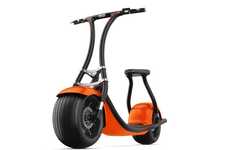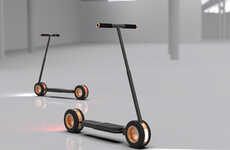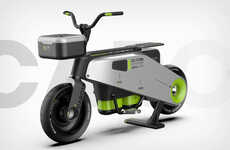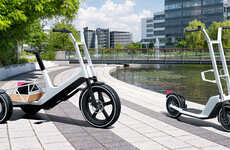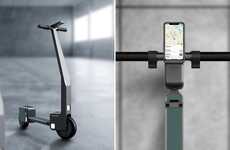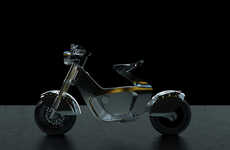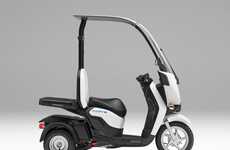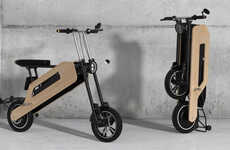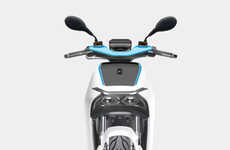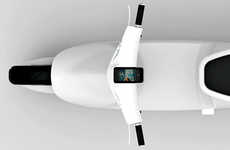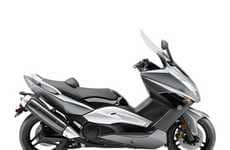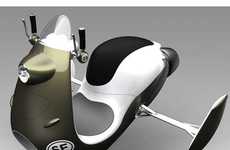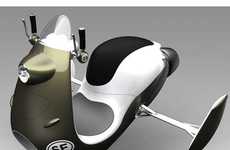
MIT RoboScooter
References: popularmechanics
MIT Media Lab's RoboScooter prototype is entirely electric, with at least one lithium-ion battery pack that can be swapped out for another, fully charged on. It can also folded up for easy transport. The RoboScooter's biggest innovation however — one with the real potential to change the state of urban transportation—is on the assembly line. “A traditional internal combustion vehicle might have 1200 to 1500 parts,†says William Mitchell, director of the Smart Cities research group and a professor of Architecture & Media Arts and Sciences. “RoboScooter has 150.†RoboScooter should be available in Asian markets in about a year.
Trend Themes
1. Electric Scooters - The MIT RoboScooter prototype showcases the potential for electric scooters to become a popular mode of transportation in urban areas.
2. Battery Swapping Technology - The RoboScooter's lithium-ion battery pack swapping system presents an opportunity to disrupt the electric vehicle industry by addressing charging infrastructure challenges.
3. Simplified Assembly Processes - With only 150 parts, the RoboScooter highlights the potential for streamlining manufacturing processes and reducing costs in the scooter industry.
Industry Implications
1. Urban Transportation - The RoboScooter's innovative features offer opportunities for technology companies to provide eco-friendly and efficient solutions for urban mobility.
2. Electric Vehicle Manufacturing - The battery-swapping technology incorporated in the RoboScooter creates potential disruption in the electric vehicle manufacturing industry by simplifying the charging process.
3. Scooter Manufacturing - Simplifying the assembly process with fewer parts, as demonstrated by the RoboScooter, could revolutionize the scooter manufacturing industry by enabling cost-effective production.
2.5
Score
Popularity
Activity
Freshness

